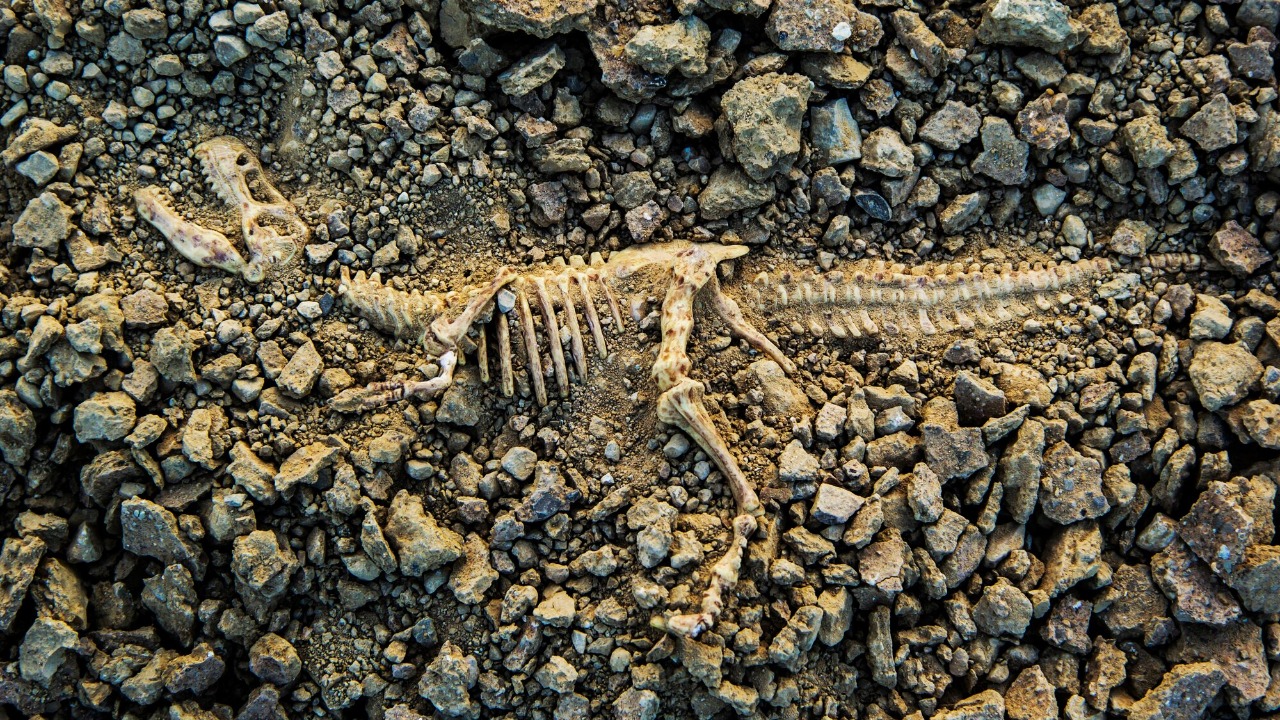
Remarkable details have been uncovered from dinosaur mummies discovered a century ago in the Wyoming badlands. These rare specimens, including the first-ever mummified and hoofed dinosaur, reveal that these duck-billed species possessed hooves and preserved skin. This fresh insight into their anatomy challenges previous understandings of hadrosaur locomotion and structure, offering a new perspective on these fascinating creatures.
Discovery in the Wyoming Badlands
The Wyoming badlands, a region known for its significant paleontological finds, is where these dinosaur mummies were discovered a century ago. The unique environmental conditions of the badlands contributed to the mummification process, preserving the soft tissues of these creatures in an unusually well-preserved state. This exceptional preservation has allowed researchers to gain unprecedented insights into the anatomy of these duck-billed dinosaurs.
Preservation of Skin and Scales
Remarkably, the mummies still have their skin intact, even after a hundred years since their discovery. Visible on the preserved remains are scales, providing direct evidence of the dinosaur’s external texture. This level of preservation is rare for duck-billed species, allowing for a detailed study of their integument. The preserved skin and scales offer a tangible glimpse into the past, shedding light on the physical traits of these prehistoric creatures.
Evidence of Hooves in Duck-Billed Dinosaurs
Perhaps the most surprising revelation from these mummies is the presence of hooves. These hoof structures suggest adaptations for terrestrial movement in duck-billed hadrosaurs, challenging previous notions about their locomotion. The discovery of these hooves represents the first-ever documented case of a mummified and hoofed dinosaur, adding a new dimension to our understanding of these species.
Historical Context of the Finds
The remains of these dinosaur mummies were found a hundred years ago, and their exceptional state has been confirmed through recent research. The initial discovery occurred in Wyoming, where the specimens were excavated and stored for a century. Modern techniques have been utilized in recent years to re-examine these specimens, revealing previously overlooked details and offering a fresh perspective on the anatomy of duck-billed dinosaurs.
Implications for Duck-Billed Species Anatomy
The Wyoming dinosaur mummies have provided a new view of duck-billed species through their preserved features. The presence of hooves and scales alters our understanding of locomotion and skin in hadrosaurs. These findings expand our knowledge of soft tissue preservation in ornithischian dinosaurs, and underscore the importance of these mummies in bridging gaps in the fossil records for hadrosaur morphology.
Scientific Significance of Mummification
The mummified state of these Wyoming dinosaurs, particularly the first-ever for a hoofed variety, offers unprecedented insights into the biology of duck-billed species. Researchers emphasize how these mummies bridge gaps in fossil records for hadrosaur morphology. The exceptional preservation of these specimens allows for a detailed study of their anatomy, providing a unique opportunity to understand the physical traits of these prehistoric creatures.
More from MorningOverview